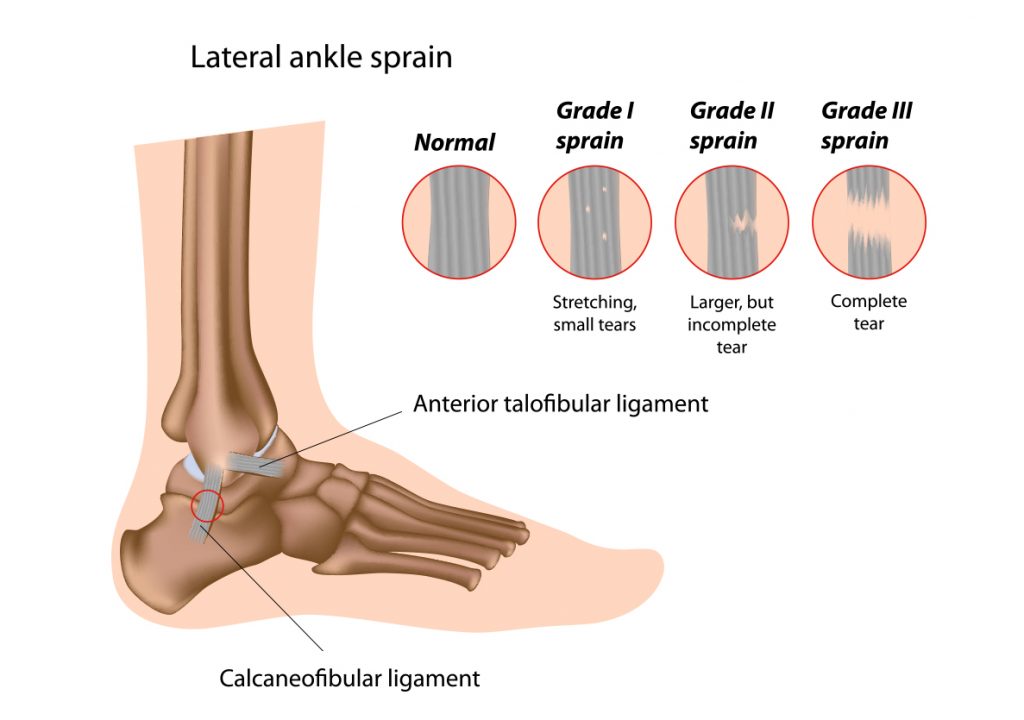Lateral ankle ligament sprains are among the most common injuries seen in sport and daily life. They can cause ongoing pain, instability, and limit physical activity if not managed properly. In 2021, the Academy of Orthopaedic Physical Therapy (APTA) released updated Clinical Practice Guidelines (CPG) to guide assessment and evidence-based care.

Key Highlights from the 2021 Guidelines
Diagnosis & Assessment
- Clinicians should use a function- and impairment-based approach rather than focusing only on the injured tissue.
- Examination includes strength, balance, mobility, and functional movement tests to identify deficits that may increase the risk of re-injury.
Intervention Strategies
- Early, supported weight bearing with external support (braces or taping) is recommended instead of prolonged immobilization.
- Therapeutic exercise (strengthening, balance, agility, and neuromuscular training) is central to recovery and reducing recurrence.
- Manual therapy can be applied alongside exercise to improve mobility and pain.
- Proprioceptive and coordination training should be progressed gradually to restore stability.
Prevention of Recurrence
- Ongoing exercise programs focusing on balance and neuromuscular control are strongly recommended to prevent chronic ankle instability.
- Decision trees provided in the guideline assist clinicians in tailoring rehab pathways based on patient progress
What This Means for Patients
The new guidelines emphasise active rehabilitation, functional testing, and prevention-focused care. Rather than simply resting an ankle sprain, structured exercise and movement-based rehab are critical to achieving full recovery and lowering the risk of repeat injuries.
References:
Journal of Orthopaedic & Sports Physical Therapy (JOSPT), April 2021. “Ankle Stability and Movement Coordination Impairments: Lateral Ankle Ligament Sprains – Revision 2021.